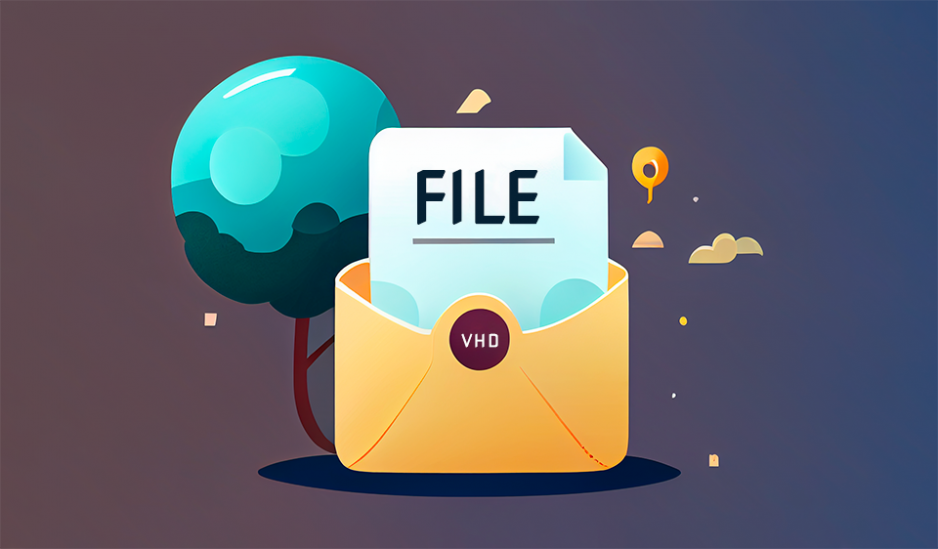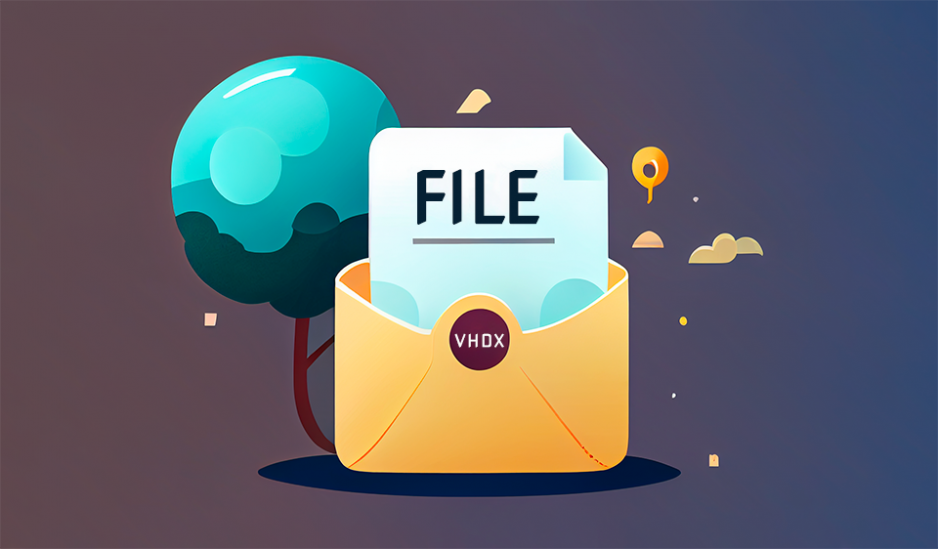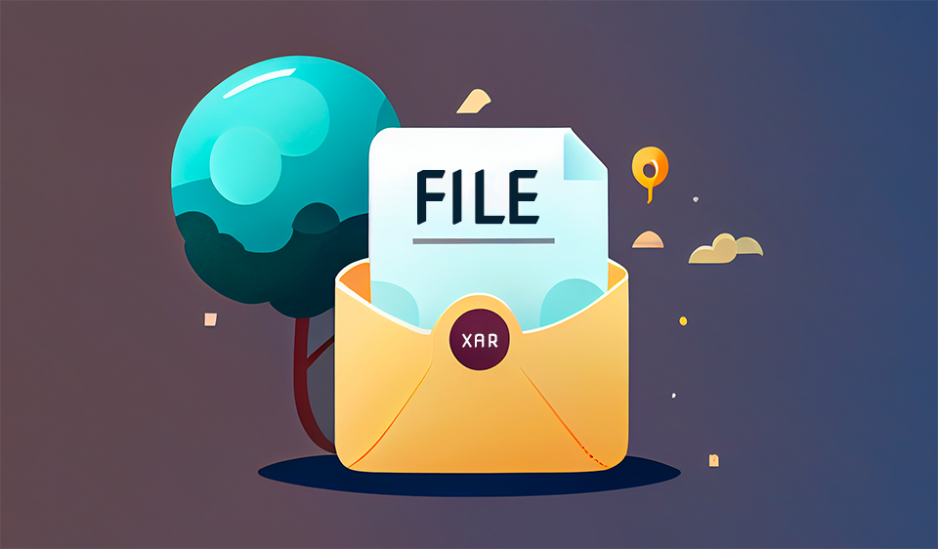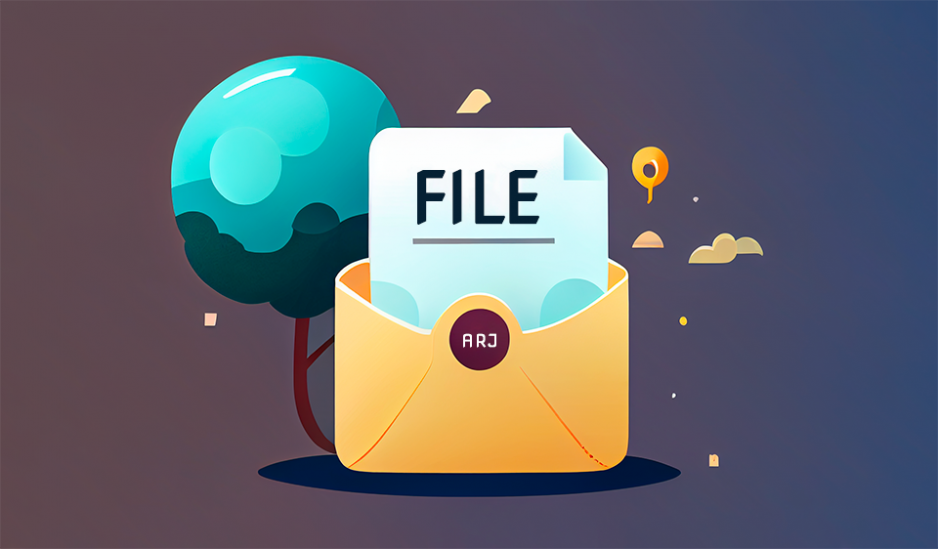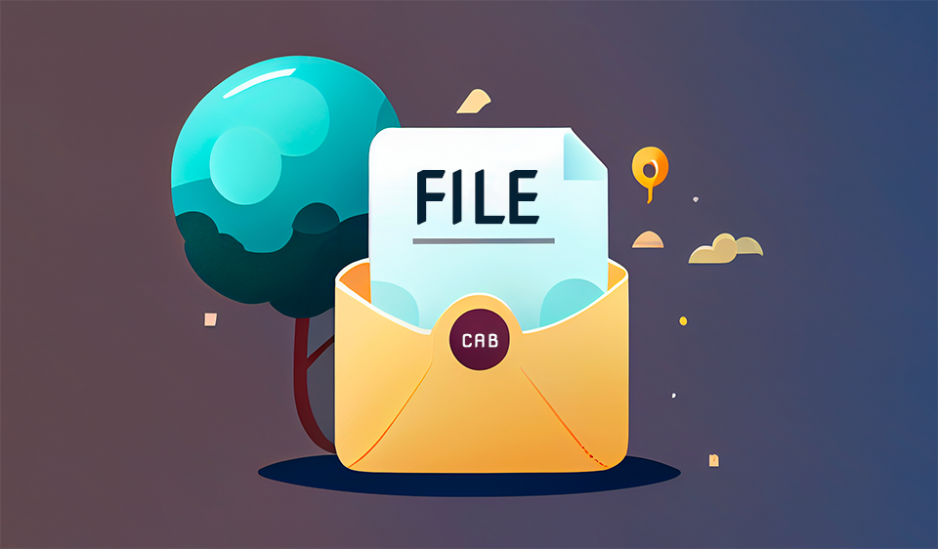What is UDF?
UDF (Universal Disk Format) is a file system used for storing and organizing files on optical disc media, such as CDs and DVDs. UDF is designed to be a universal file system that is compatible with a wide range of disc media and operating systems. UDF is often used in conjunction with ISO 9660, a widely supported file system for optical discs.
How does UDF work?
UDF works by organizing files and directories into a hierarchical structure and storing them on an optical disc. UDF is designed to support a wide range of file types and sizes, as well as features such as file and directory permissions and long file names. UDF files can be accessed and managed using specialized software, such as disc burning software or file manager utilities.
Advantages of UDF
There are several advantages to using UDF as the file system for optical disc media:
- UDF is a widely supported and well-established file system that is compatible with many disc media and operating systems.
- UDF is highly efficient and allows for the easy creation and management of disc media.
- UDF is highly flexible and can be customized to suit the needs of a particular application or use case.
Disadvantages of UDF
There are also a few disadvantages to using UDF:
- UDF may require more advanced knowledge and skills to set up and manage, as it is a more complex file system than some other formats.
- UDF may not be compatible with some older software programs and operating systems that do not support the UDF file system.
Uses of UDF
UDF is commonly used as the file system for optical disc media, such as CDs and DVDs. It is frequently used in conjunction with disc burning software and is also sometimes used for storing and organizing other types of data.



